Introduction
Morocco has been recognized by the 4th Assessment Report of the United Nations Intergovernmental Panel on Climate Change (IPCC) as significantly vulnerable to changes in climate. The country is affected by the increase of average temperatures, droughts, and changes in sea levels and rainfall patterns. It is projected to witness a decrease in water precipitation of 10-20 percent across the country, with a 30 percent decline in the Saharan region by 2100. Extreme weather events, including severe droughts and floods, and extreme heat waves, have also become more frequent and drastic. Recent studies anticipate an extension of that is equivalent to five days per year by 2100. It is equally expected that heat waves would last around twenty-six days longer by 2100.
Increasing temperature
Morocco has undergone significant warming trends since the 1960s, with the mean annual temperature rising by 0.9°C during this period. The observed average increase of 0.2°C per decade surpasses the global average. While temperature rise in Morocco varies across seasons, the most notable waves of temperature surge have occurred in April, May, June, September, October, and November. There also has been a significant increase in the frequency of hot days throughout the year, by almost 20 percent per month between September to November.
Heat is expected to further escalate in Morocco over the century. The average annual temperature is projected to rise by 1.5°C to 3.5°C by the middle of the century, and by over 5°C by the end of the century. The number of “hot days” will continue to increase, most significantly in July, August, and September.
Precipitation and water scarcity
Over the period of 1960 to 2020, there has been a significant decline in water inflows in Morocco. The availability of renewable water resources per person annually went down from 2,560 m3 to approximately 620 m3. This places the country in a state of structural water stress, with water availability falling below the threshold of 1,000 m3 per person. Moreover, Morocco is rapidly approaching the absolute water scarcity threshold of 500 m3 per person per year.
Water resources in Morocco will continue to decline due to prolonged arid periods and increased occurrence of drought conditions. Winter precipitation is also expected to decrease as temperatures rise. Forecasts suggest a notable decrease in average annual rainfall throughout the country, with a reduction ranging from 10-20 percent, and up to 30 percent in the Saharan region.
Key environment indicators
Key Impact Areas
Climate Projections
Read more
- The World Bank – Morocco Country Climate and Development Report
- The World Bank – Morocco – Climate Risk Country Profile
- The World Bank – Climate Variability, Drought, and Drought Management in Morocco’s Agricultural Sector
- UNFCC – Morocco’s NDC
- International Energy Agency – Climate Resilience for Energy Transition in Morocco
Relevant Publications and Reports
Stay connected
Sign up here to learn more and receive the latest updates on empowerME events, publications, and podcast.
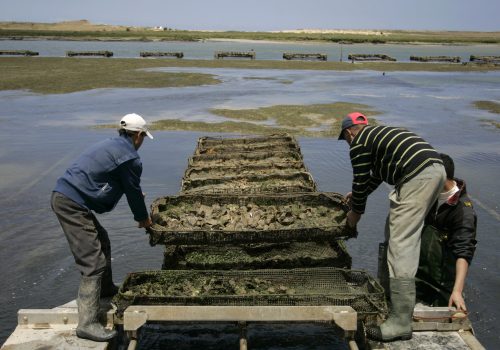
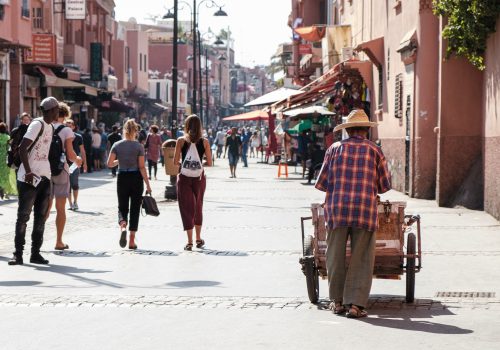
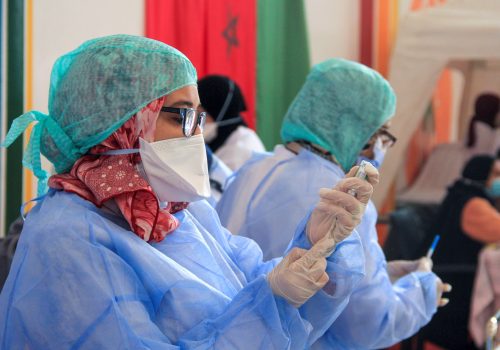
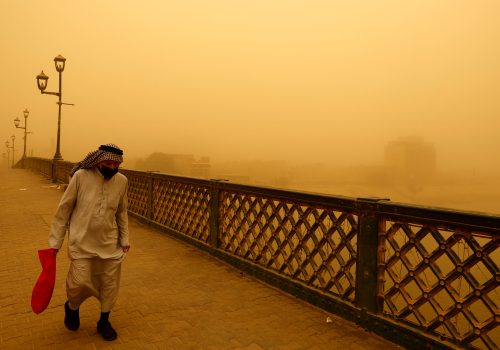
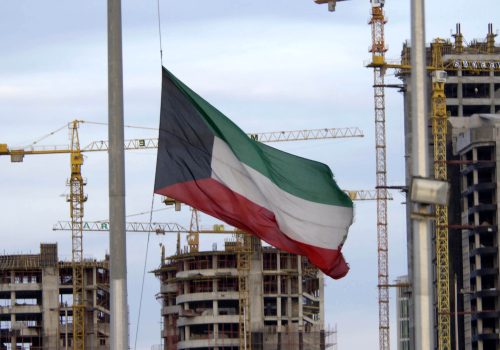

Follow us on social media